Battery Energy Storage Systems: Revolutionizing the Power Sector
-
 @
Mark Ji
@
Mark Ji
- Last updated
Table of Contents
Introduction
In recent years, the global energy landscape has witnessed a significant shift towards renewable energy sources. As the world strives to reduce its carbon footprint and transition to a more sustainable future, the need for efficient energy storage solutions has become increasingly crucial. Battery Energy Storage Systems (BESS) have emerged as a game-changing technology, offering a wide range of benefits for the power sector. In this comprehensive article, we will delve into the world of BESS, exploring their working principles, applications, advantages, challenges, and future prospects.
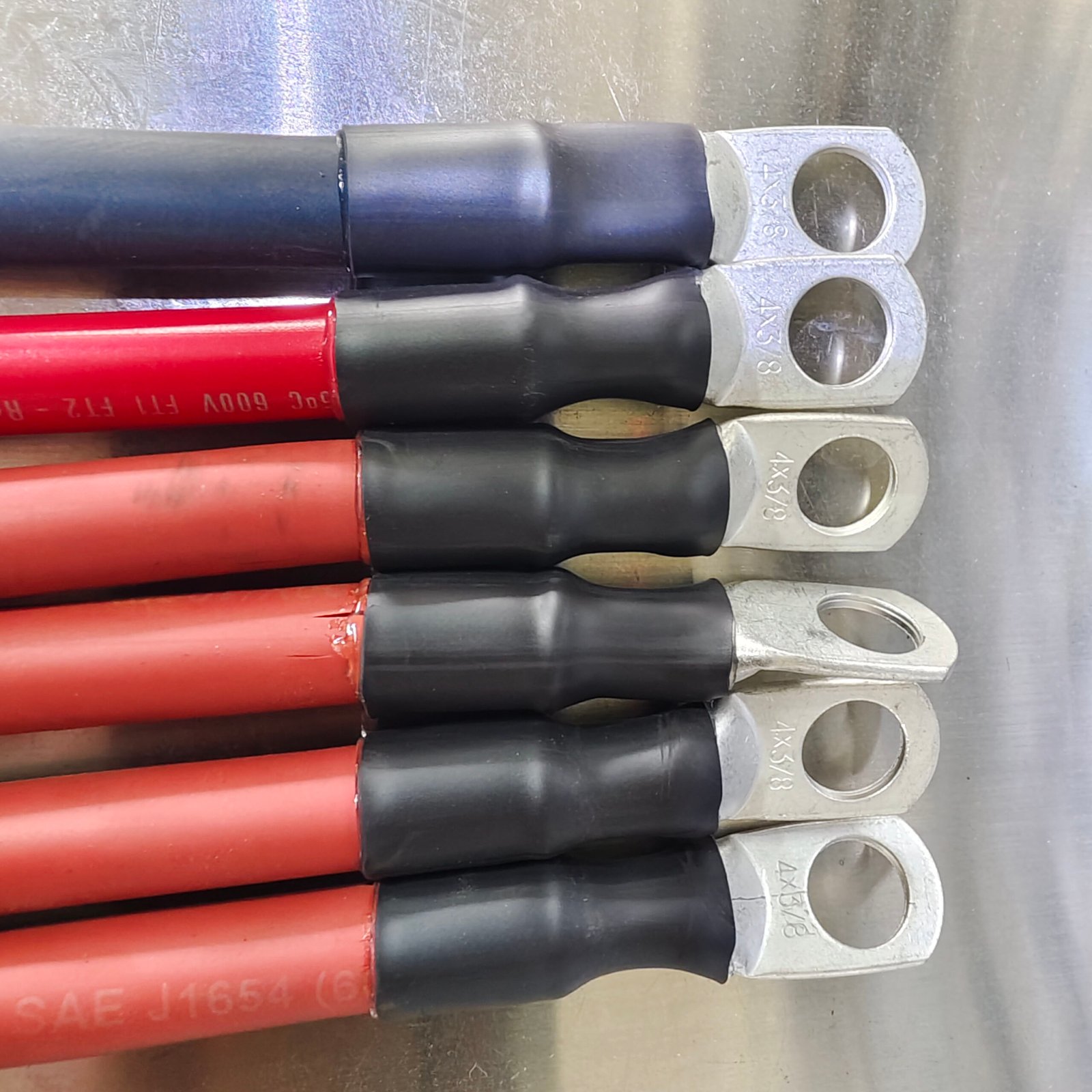
Battery Energy Storage Systems
Battery Energy Storage Systems are advanced technologies that store electrical energy in rechargeable batteries for later use. These systems consist of multiple battery modules connected in series or parallel, along with power conversion and control equipment. BESS can store excess electricity generated from renewable sources during periods of low demand and release it during peak demand periods or when renewable sources are not available.
Working Principles of BESS
BESS operates on the principle of electrochemical energy storage. When electricity is supplied to the system, it charges the batteries, converting electrical energy into chemical energy. During discharge, the chemical energy is converted back into electrical energy, which can be used to power homes, businesses, or even the grid. The efficiency and performance of BESS depend on factors such as battery chemistry, capacity, and the power conversion system used.
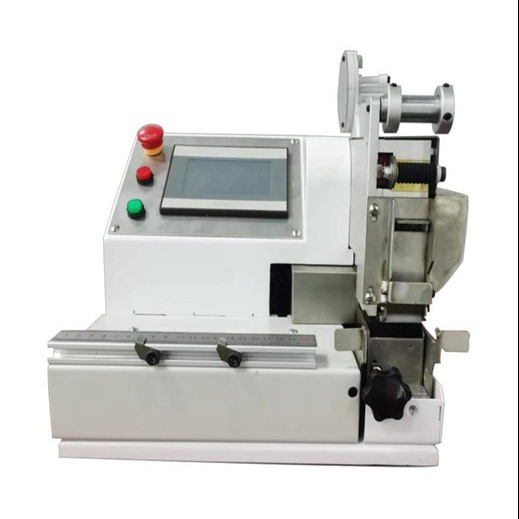
Applications of Battery Energy Storage Systems
BESS has a wide range of applications across various sectors, revolutionizing the power industry. Some key applications include:
a. Grid Stabilization
BESS helps stabilize the electrical grid by providing frequency regulation, voltage support, and reactive power control. It can respond rapidly to fluctuations in supply and demand, ensuring a stable and reliable power supply.
b. Renewable Integration
BESS plays a crucial role in integrating intermittent renewable energy sources, such as solar and wind, into the grid. It helps mitigate the variability and intermittency of these sources, ensuring a smooth and consistent power supply.
c. Peak Shaving
BESS can reduce peak demand on the grid by discharging stored energy during periods of high demand. This helps avoid the need for expensive peaker plants and reduces strain on the grid infrastructure.
d. Microgrids and Remote Areas
BESS enables the creation of microgrids, which are self-contained power systems that can operate independently or in conjunction with the main grid. It also provides reliable power in remote areas where grid access is limited or non-existent.
e. Electric Vehicle Charging
BESS can be used to store excess energy from the grid during off-peak hours and supply it for electric vehicle charging during peak hours. This helps balance the load on the grid and promotes the adoption of electric vehicles.
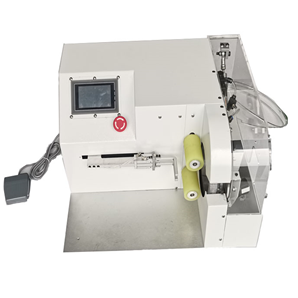
Advantages of Battery Energy Storage Systems
a. Flexibility and Scalability
BESS can be easily scaled up or down to meet varying energy storage requirements. It can be deployed at different levels, from residential and commercial installations to utility-scale projects.
b. Rapid Response Time
BESS can respond within milliseconds, making it ideal for providing grid stability and frequency regulation. Its fast response time ensures a reliable and stable power supply.
c. Environmental Benefits
BESS facilitates the integration of renewable energy sources, reducing reliance on fossil fuels and lowering greenhouse gas emissions. It contributes to a cleaner and more sustainable energy future.
d. Cost Savings
BESS can help reduce electricity costs by storing excess energy during low-demand periods and releasing it during high-demand periods. It also eliminates the need for expensive grid infrastructure upgrades.
e. Grid Independence
BESS enables the creation of microgrids, providing energy independence to communities and businesses. It enhances resilience and reliability, especially in areas prone to power outages or natural disasters.
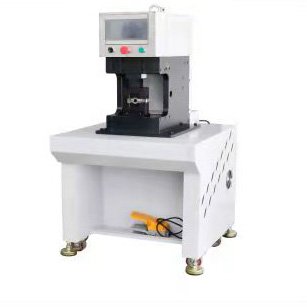
Challenges and Considerations
a. Cost
The upfront cost of BESS can be high, primarily due to the cost of batteries. However, as technology advances and economies of scale are realized, costs are expected to decrease.
b. Battery Lifespan and Performance
The lifespan and performance of batteries are critical factors in the long-term viability of BESS. Continuous research and development are necessary to improve battery durability, efficiency, and recyclability.
c. Safety and Environmental Concerns
The safe handling, storage, and disposal of batteries are essential to prevent accidents and minimize environmental impact. Proper regulations and recycling programs need to be in place.
d. Grid Integration
Integrating BESS into existing grid infrastructure requires careful planning and coordination. Compatibility with different grid systems and standards must be ensured for seamless integration.

Future Prospects
a. Technological Improvements
Research and development efforts are focused on improving battery performance, energy density, and lifespan. New battery chemistries, such as solid-state batteries, are being explored for enhanced efficiency and safety.
b. Cost Reduction
As demand for BESS increases and manufacturing scales up, costs are expected to decline. This will make BESS more accessible and economically viable for a wider range of applications.
c. Integration with Artificial Intelligence
The integration of BESS with artificial intelligence and machine learning algorithms can optimize energy storage and improve system efficiency. AI can enable predictive analytics and intelligent control strategies for optimal operation.
d. Second-Life Batteries
Retired electric vehicle batteries can be repurposed for stationary energy storage applications. This not only extends the lifespan of batteries but also reduces costs and environmental impact.
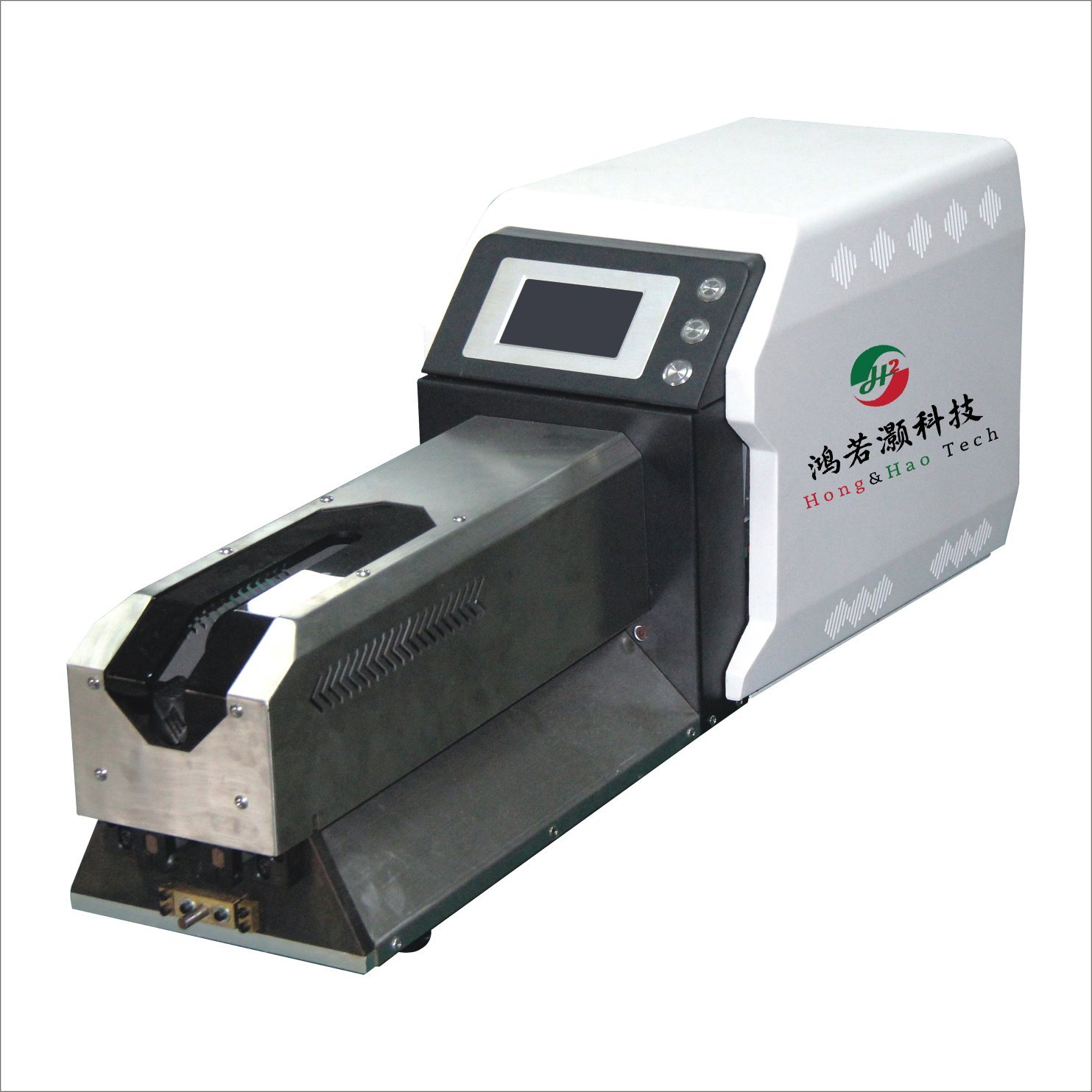
Conclusion
Battery Energy Storage Systems are revolutionizing the power sector, offering a wide range of benefits such as grid stabilization, renewable integration, peak shaving, and more. With their flexibility, scalability, and environmental advantages, BESS is poised to play a pivotal role in the transition towards a sustainable and resilient energy future. As technology continues to advance and costs decrease, BESS will become increasingly accessible, driving the transformation of the global energy landscape.

